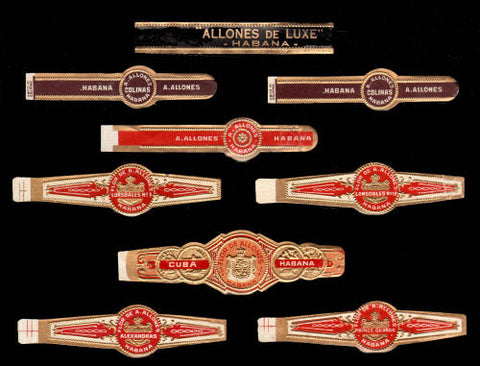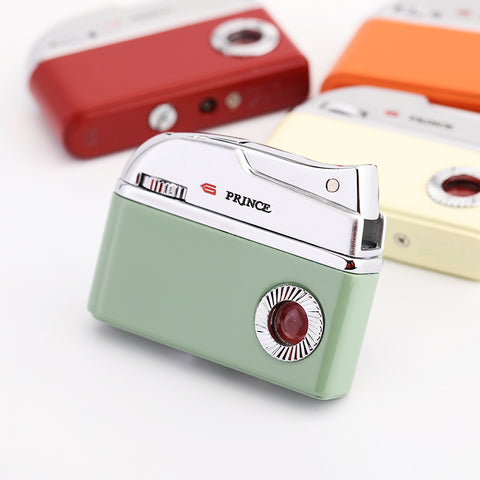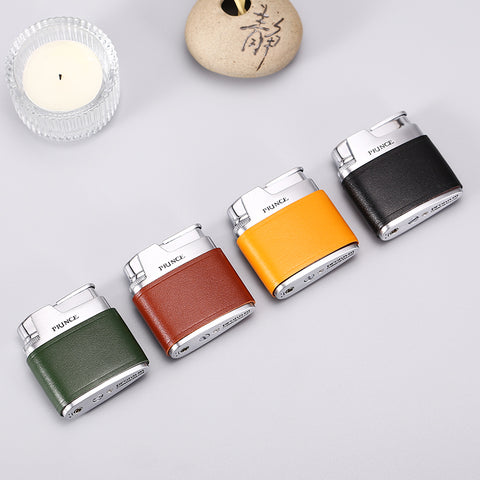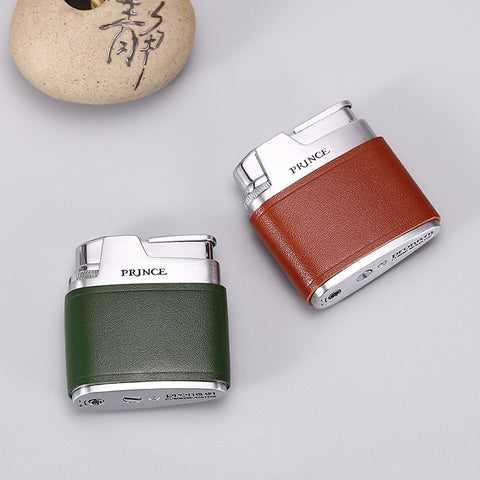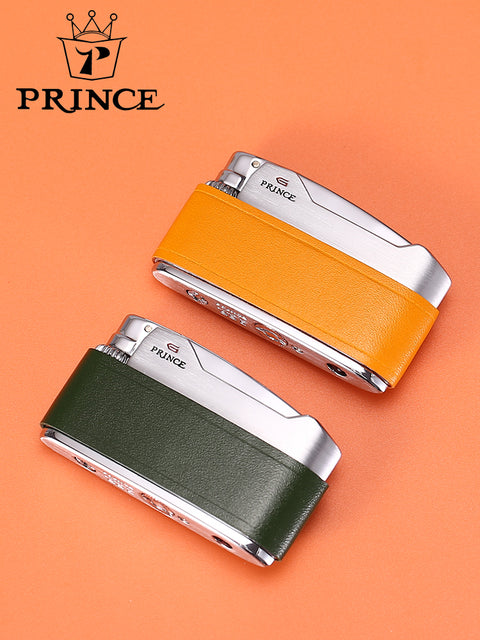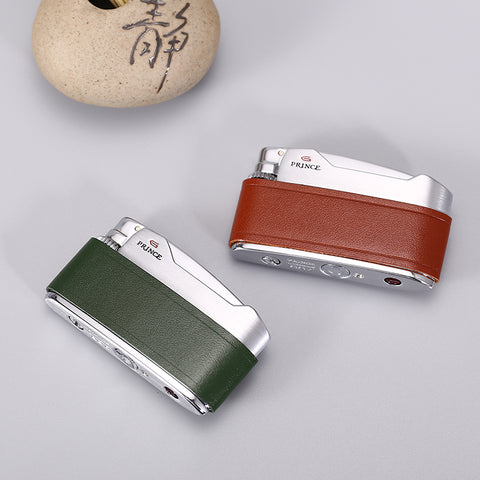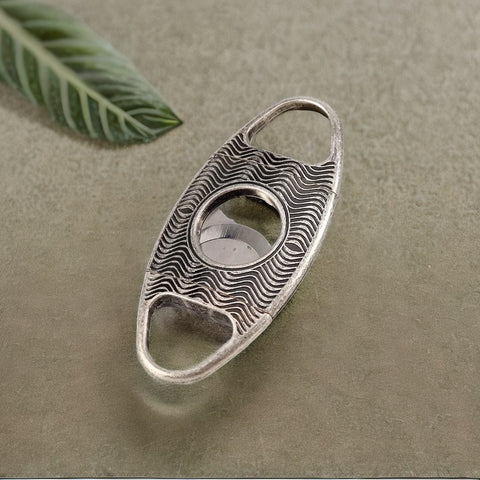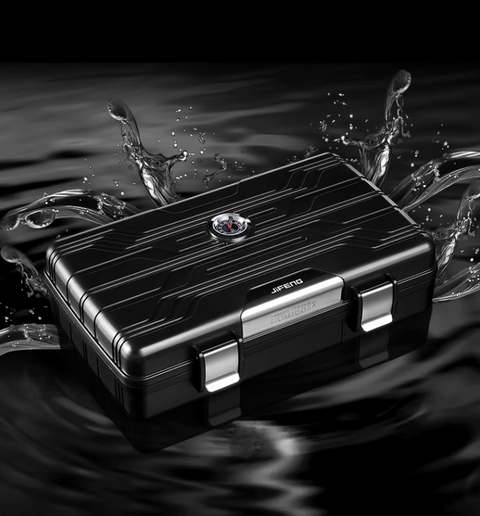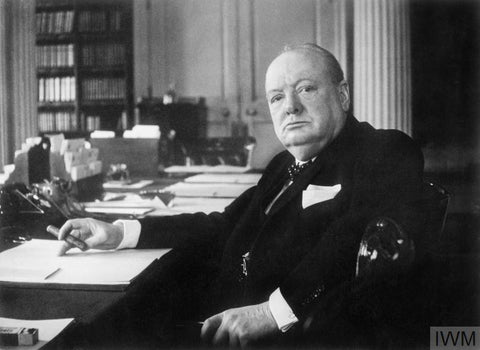Cigar bands might seem like simple decorative pieces on a cigar, but their history is rich with tradition, innovation, and artistry. The cigar band is more than just a branding tool—it’s a piece of history, showcasing the evolution of cigar culture, craftsmanship, and marketing. In this article, we’ll explore the history of cigar bands, how they have evolved over time, and why they continue to be a symbol of luxury and craftsmanship today.
Introduction to Cigar Bands
A cigar band is a small strip of paper or metal that wraps around the head of a cigar, typically featuring the brand name or logo of the cigar manufacturer. While these bands were initially used to mark a cigar’s quality and origin, they have since become integral to the world of cigars. Cigar bands help identify premium cigars, and for many collectors, they serve as a small piece of art or memorabilia.
The Birth of Cigar Bands
The history of cigar bands dates back to the mid-19th century, a time when cigars were first gaining popularity in Europe and the United States. Originally, cigars were sold loose and unmarked, but as the cigar industry began to expand, brands needed a way to differentiate themselves. This led to the creation of the cigar band as a branding tool.
The first recorded use of a cigar band dates back to 1840s Cuba. Legend has it that Herman Upmann, a prominent cigar maker, was the first to attach a small piece of ribbon around his cigars as a way to distinguish his high-quality products. The ribbon was originally used as a way to prevent the cigar wrapper from unraveling, but over time, manufacturers started to use it for branding purposes.
The Role of Cigar Bands in Marketing and Branding
As the cigar industry grew, so did the need for marketing and branding strategies. Cigar bands became the perfect tool to establish a brand identity. Early cigar bands often featured simple designs, such as the manufacturer’s name or a logo. However, as competition increased, cigar bands became more elaborate and colorful, often showcasing intricate designs and artwork.
By the late 19th and early 20th centuries, cigar bands were used as a marketing tool to not only indicate the quality of the cigar but also to make the product more visually appealing to consumers. This was especially important as cigar smoking became a symbol of status and sophistication.
Cigar Bands as Art
One of the most fascinating aspects of cigar bands is their artistic value. Over time, designs became more elaborate, with cigar manufacturers hiring graphic artists and designers to create detailed and beautiful bands. Some of the most iconic designs include floral patterns, bold typography, and intricate logos. These artistic elements helped create a luxurious aura around cigars and turned the cigar band into a collectible item.
For example, Art Deco and Art Nouveau influences can be seen in cigar bands from the early 20th century, with intricate patterns, geometric shapes, and vibrant colors. The bands were not only used to identify the brand but also served as miniature works of art that reflected the era’s cultural trends.
The Evolution of Cigar Bands
As technology advanced, so did the production of cigar bands. In the 1920s, the invention of machine-made cigars and the rise of mass production meant that cigar bands became standardized, though still highly decorative. With the rise of advertising and branding as a form of competition, cigar bands became more than just a mark of identity—they became part of the experience.
During this time, the popularity of cigars as a symbol of status and wealth only increased, further elevating the importance of the cigar band. Gold foil and embossing were introduced to add elegance, and metal bands even started to appear for high-end cigars.
By the mid-20th century, cigar bands had become almost universally recognized symbols of luxury. The industry saw a shift in design trends, with more modern and minimalist looks emerging as tastes changed, while some brands maintained traditional artwork for their loyal consumers.
Cigar Bands Today
In the modern era, cigar bands still play a significant role in the cigar industry, but their function has shifted slightly. While they continue to serve as a marketing tool and a means of branding, they also act as symbols of craftsmanship and quality. Today, cigar manufacturers use premium materials such as embossed paper, foil stamping, and intricate printing techniques to create bands that stand out and reflect the cigar’s high quality.
Cigar bands have also become a collector’s item for enthusiasts. Many cigar aficionados collect cigar bands from their favorite cigars, using them as part of their smoking ritual. Some even create artwork from old cigar bands, turning them into mosaics, posters, or even jewelry. The history and artistry behind cigar bands continue to captivate people around the world, making them a unique part of the cigar-smoking culture.
Conclusion
The history and evolution of cigar bands are intertwined with the development of the cigar industry itself. From their humble beginnings as a way to differentiate cigars to becoming symbols of luxury and status, cigar bands have grown to be much more than simple adornments. Today, they serve as both a marketing tool and a form of art, reflecting the rich history and craftsmanship behind each cigar. Whether you're a casual smoker or a serious aficionado, the story of cigar bands offers a glimpse into the tradition and artistry of the cigar world, reminding us that even the smallest details can make a big impact.


